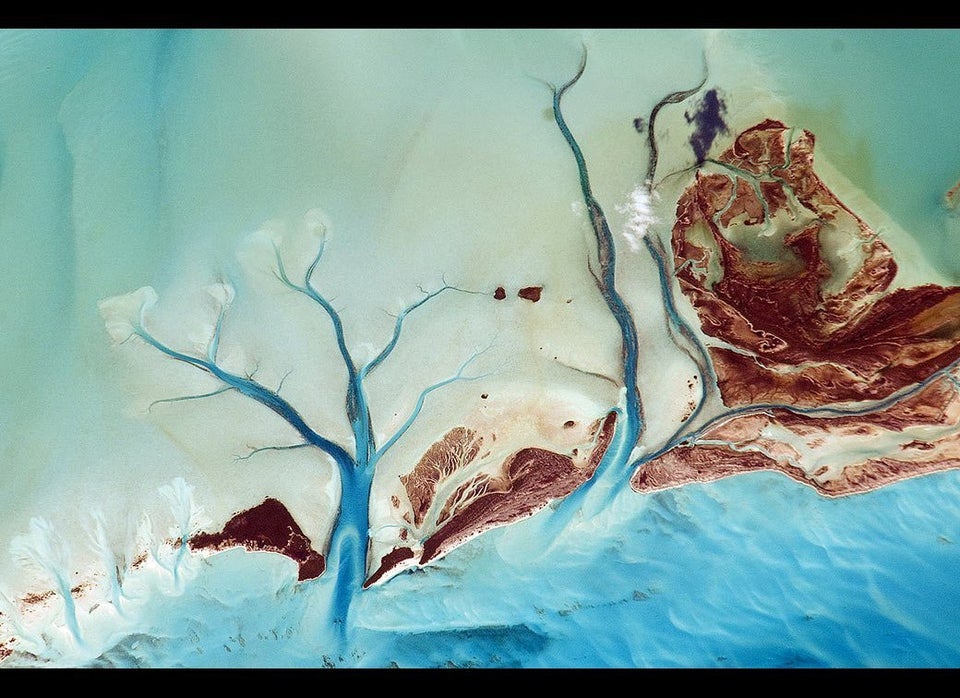Drought is taking its toll on the water system that quenches the thirst of Brazil’s largest city, Sao Paulo, to such a degree that it is visible to orbiting satellites.
Sao Paulo is facing water rationing as the worst drought to hit the region in decades reduces reservoirs to muddy waters surrounded by cracked earth.
The Cantareira Reservoir System provides about half of the overall water to the city’s 20 million residents. But a series of months with below average rainfall have seen water levels plummet. NASA Landsat 8 images published by the NASA Earth Observatory show the precipitous decline of the Jaguari Reservoir, one of a handful that make up the system, from mid-August last year to early August this year.
Since the images were acquired, the water levels have only dropped further. As of Thursday, Sabesp, Sao Paulo’s water utility, reported that the Cantareira system was operating at only 3 percent of its capacity. That’s essentially considered “dead water,” which Sabesp has only been able to tap after building an extra 2 miles of pipeline to the reservoir’s center.
During the height of last year’s rainy season, which is December-February, the region around Sao Paulo saw deficits in excess of 15 inches according to data from the International Research Institute for Climate and Society (IRI).
For this month, the watershed that the system covers has received only 18 percent of its normal monthly rainfall, a worrisome total on the cusp of the rainy season. But there’s a slight glimmer of hope for the peak of rainy season. IRI’s seasonal forecast for December-February shows the odds tipped slightly in favor of wetter conditions in parts of the region, which would help refill reservoirs and ease water restrictions.
In the long-term, climate change could further exacerbate Sao Paulo’s problems. A report released by the Intergovernmental Panel on Climate Change in late 2013 showed that if greenhouse gas emissions continue to rise, September-November are likely to become drier in the region. Some models indicate the rainy season could actually get slightly wetter by century’s end but there’s still a high degree of uncertainty associated with those projections.
